Brighten your day with a visit to the “Give Me A Sign” Facebook group! Members share an expanding collection of the funniest, most clever, and even bizarre signs they encounter.
From hilarious billboards to witty shopfront messages and cheeky car stickers, these signs are proof that humor is alive and well in public spaces.
This updated compilation, inspired by a previous post on Bored Panda, brings together 24 fresh snapshots that will make you laugh, think, and maybe even share.
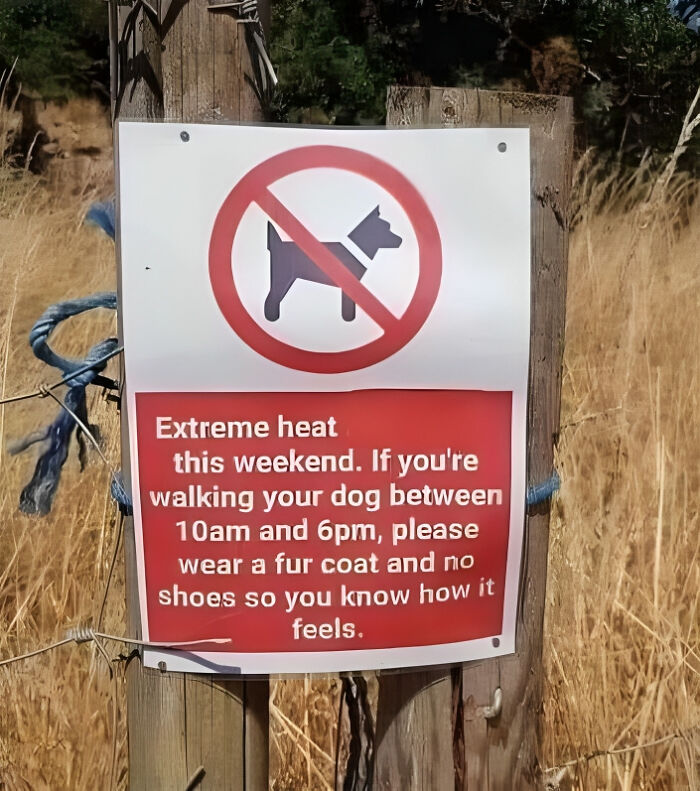
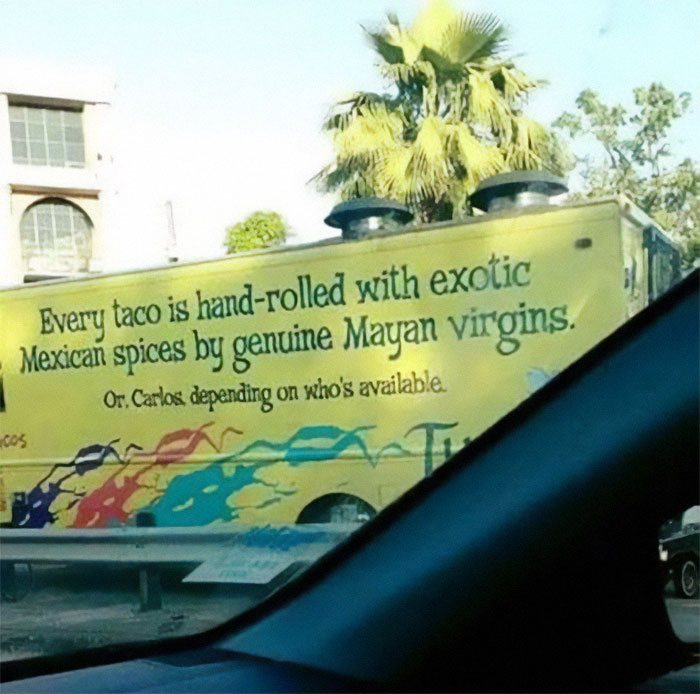
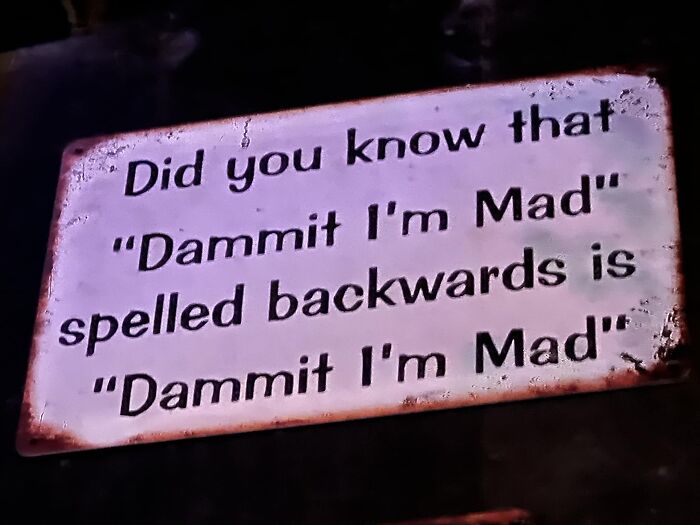
What Is the “Give Me A Sign” Facebook Group?
Boasting over 950,000 members, the Give Me A Sign group is a viral community on Facebook where users post amusing signs from around the world. Whether it’s a coffee shop board with a punny quote or a sarcastic warning on a front lawn, the group’s mission is simple: “escape the daily grind, relax, and laugh.”
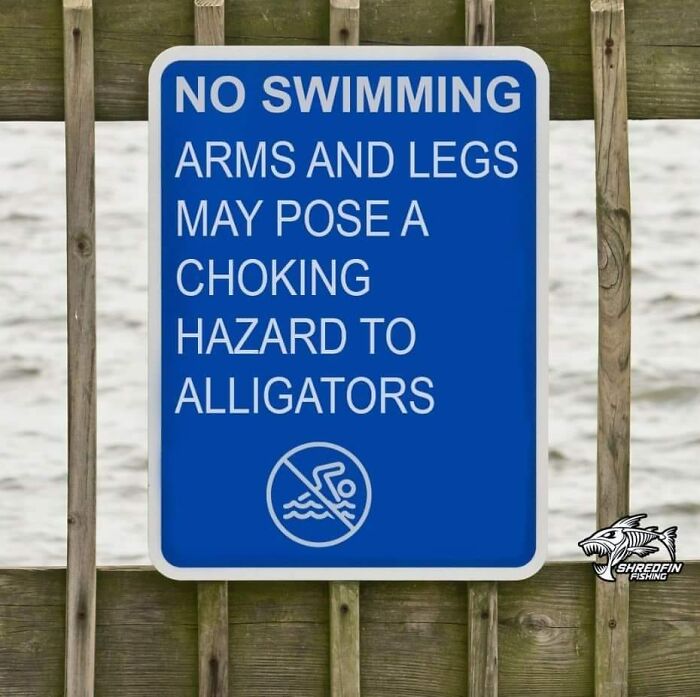


To maintain a fun, lighthearted environment, the group avoids heated topics like politics and religion. The goal? Pure entertainment with zero stress.
Why Funny Signs Go Viral—and Stick
Signs with humor do more than just grab attention—they stick in our memory. According to Movia, a digital billboard agency, 30% of ad campaigns use humor, while 50% of TV commercials rely on it. Why? Because humor connects instantly with people’s emotions, making the message more memorable and shareable.


6 Common Humor Styles in Advertising:
According to Kantar Media, most funny ads fall into one of these categories:
- Childish Prank – Playful and silly jokes
- Shock Value – Bold or unexpected humor
- Everyday Laughs – Relatable humor about daily life
- Innocent Smile – Wholesome and heartwarming
- The Put-Down – Light teasing or sarcasm
- Clever Wit – Smart, word-based jokes
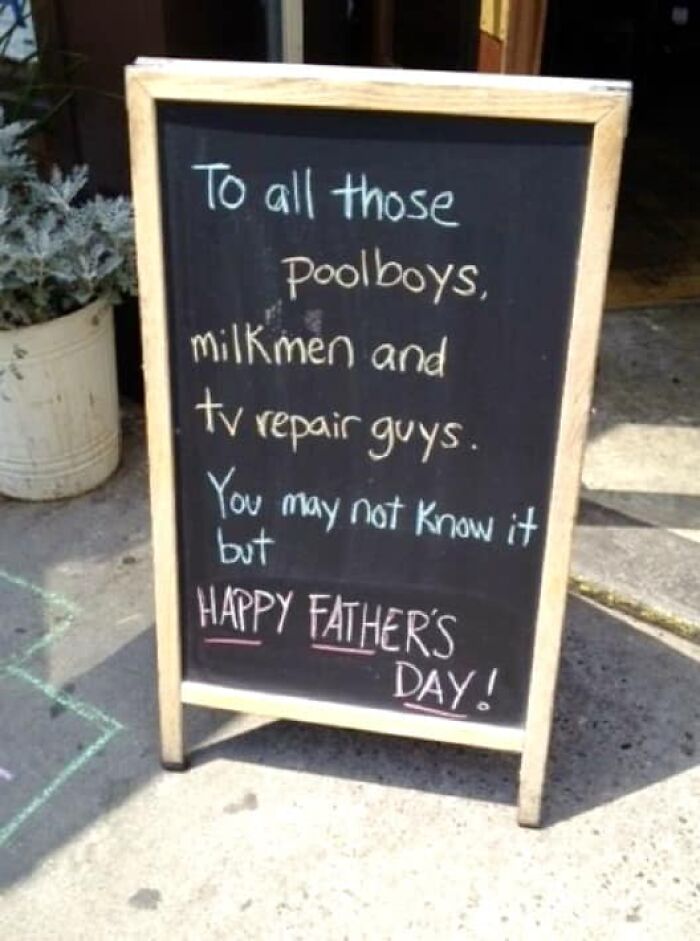

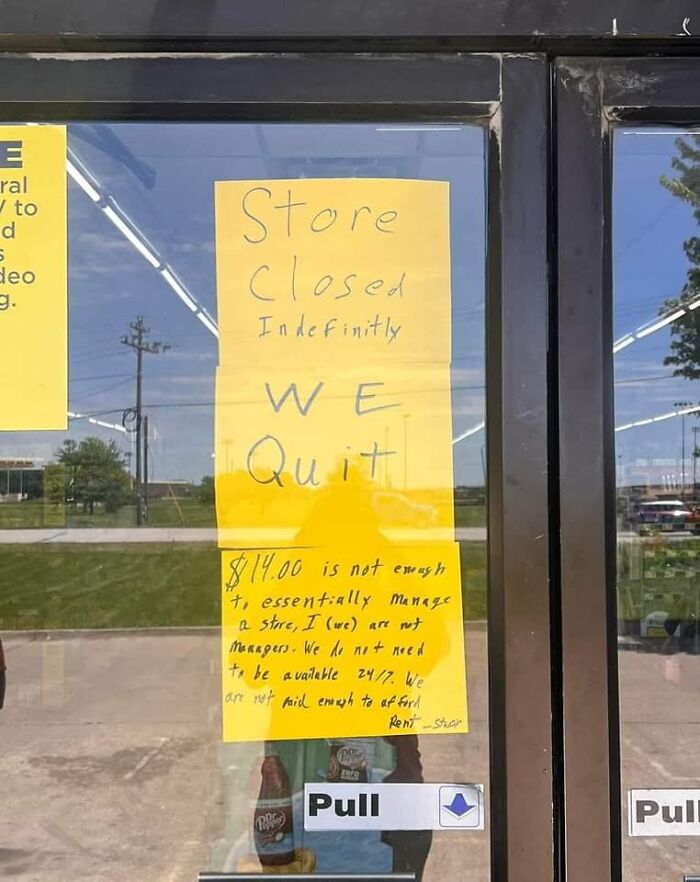
These elements often appear in the signs shared by the “Give Me A Sign” community, making them feel like bite-sized comedy shows.
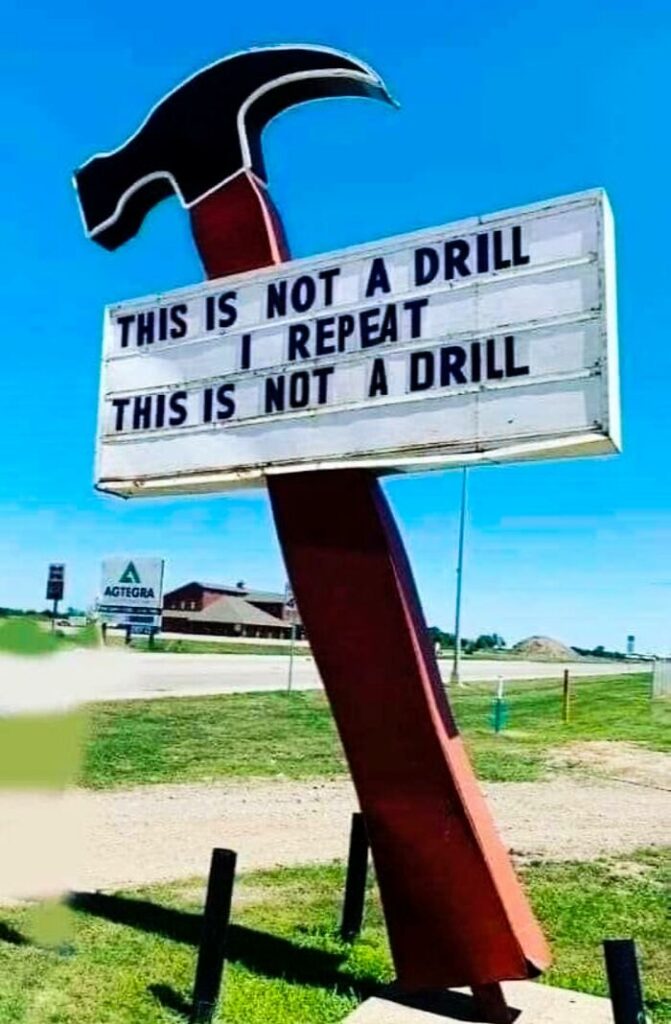
Humor in Marketing: A Double-Edged Sword
While humor is a powerful tool, it’s not without risk. Steve Olenski, a seasoned content marketer and Forbes contributor, warns that bad or tone-deaf humor can harm a brand’s reputation. Trying too hard to be funny—or using a joke to chase virality—can backfire.
“If people think you’re cracking jokes just to get attention, they’ll see you as exploitative, not entertaining,” Olenski explains.
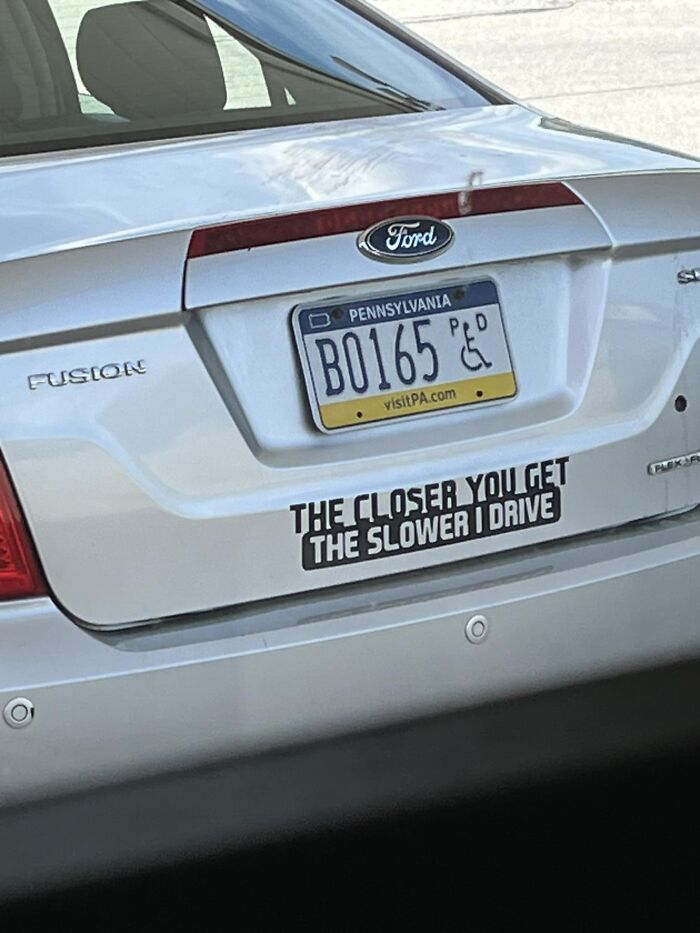
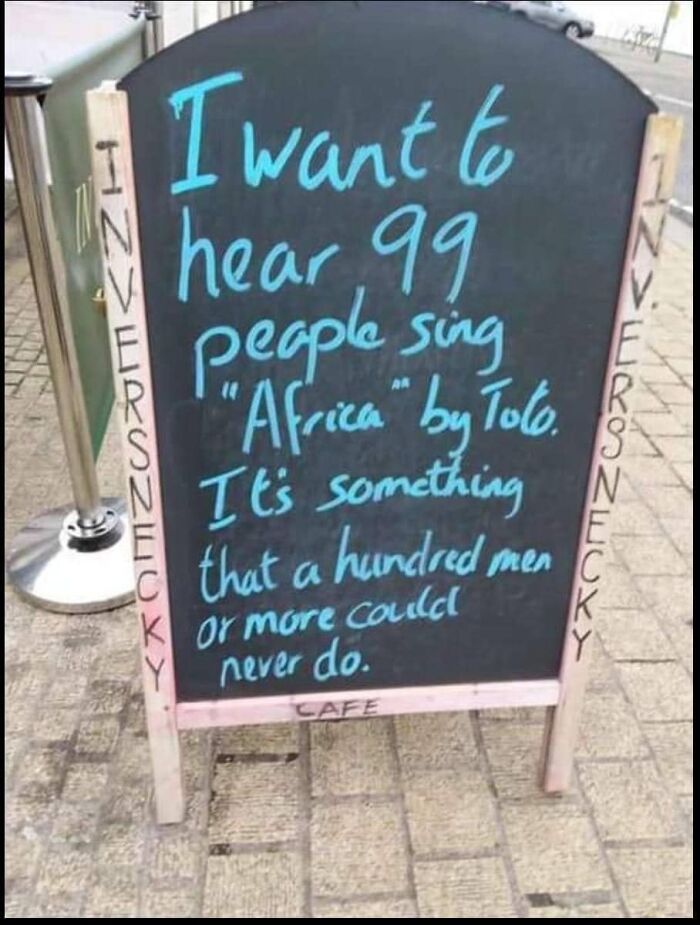
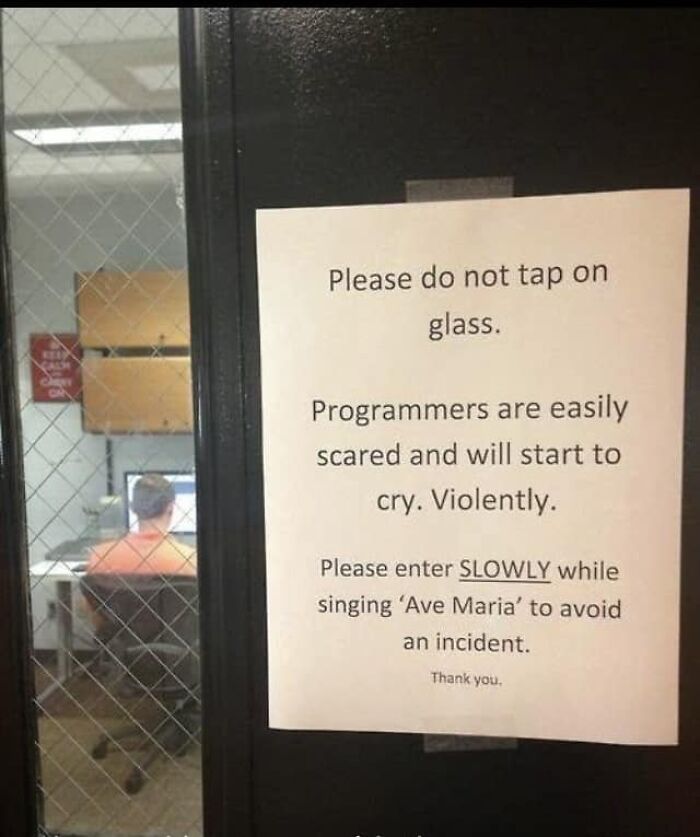
Real-World Example:
Back in 2012, fashion brand Kenneth Cole tweeted a joke linking the Egyptian protests to their spring collection. It was quickly condemned as insensitive and tone-deaf—showing the dangers of misusing humor.

When to Use Humor Effectively
Despite the risks, humor can enhance meaningful content when used strategically. Olenski suggests that educational content, like in-depth guides or eBooks, benefits from a light tone or a witty remark.
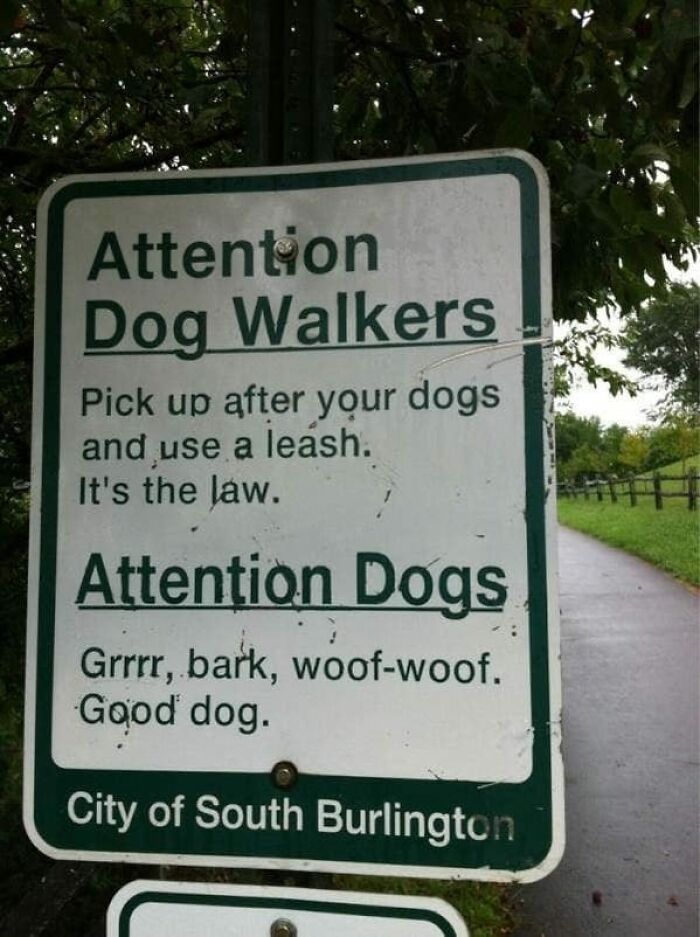
“If you’re helping people understand something complex, adding humor makes it more engaging and easier to remember.”
So, whether you’re writing a guide or crafting a signboard, smart humor can be the difference between being scrolled past—or going viral.

Why We Love Funny Signs (And You Will Too)
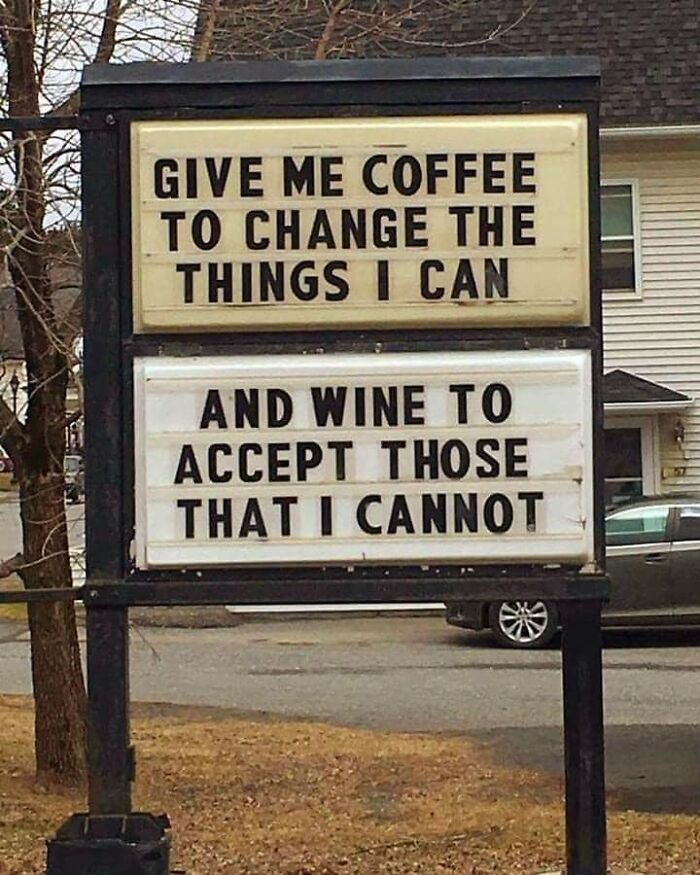

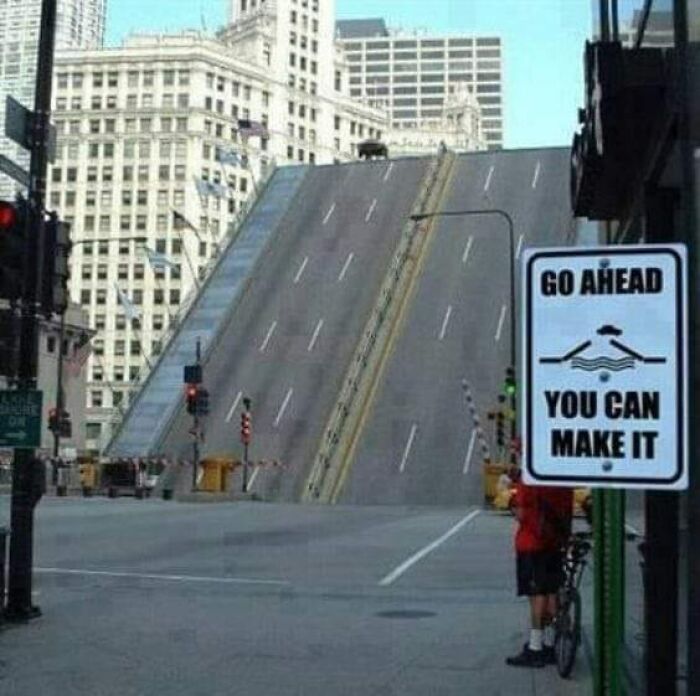
There’s something universally appealing about a cleverly written sign. It catches the eye, delivers a quick laugh, and—most importantly—breaks the monotony of everyday life. Whether you’re stuck in traffic or passing by a storefront, these humorous gems give you a reason to smile.
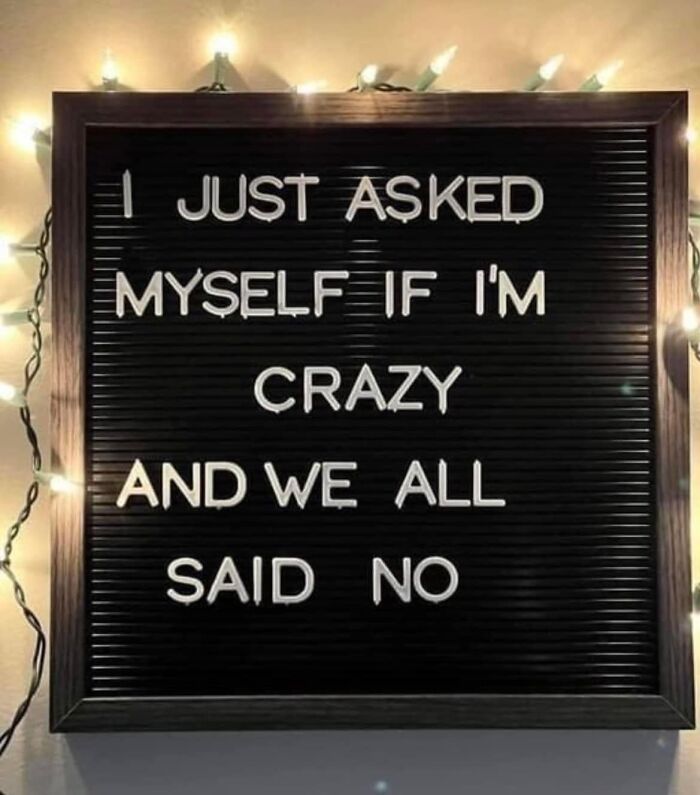
Thanks to the “Give Me A Sign” group, more of these moments are being shared than ever. It’s a digital sanctuary where humor thrives and people connect over the simple joy of clever wordplay.











